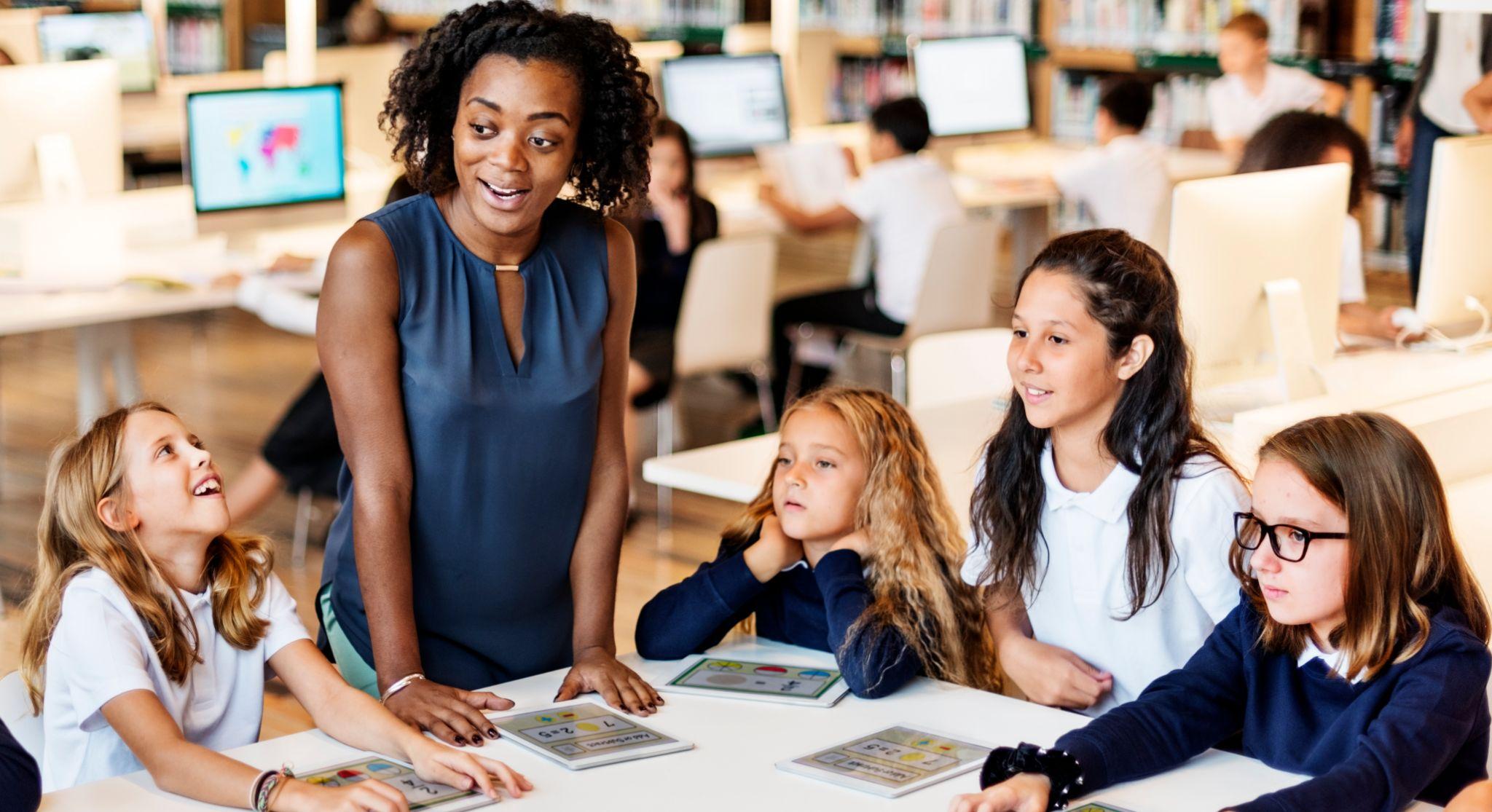The Role of Play in Education: Introducing Fun in the Classroom

The education community has been locked in a spirited debate about blending play with formal education for ages. Playtime isn’t just a waste of time—it turns out that this so-called “frivolous” activity is packed with benefits for growing minds and promoting essential skills in children. Imagine a classroom buzzing with energy where learning happens amidst giggles and games – this isn’t child’s play but an intelligent strategy that enhances intellect, develops social bonds, and strengthens emotional intelligence while helping an enduring passion for discovering new things.
The Role of Play in Learning
The role of play in learning is distinct and also successful in education. Kids develop cognitive, social, and physical abilities by playing. It cultivates creativity, problem-solving skills, and empathy, which contribute to an excellent academic and personal foundation.
Teachers who understand the importance of integrating play into the classroom can create more engaged and inclusive environments. Educators who complete additional skill development programs like a graduate certificate in educational leadership should know the best techniques.
Techniques like game-based learning, creative arts, and outdoor activities make learning enjoyable and meaningful. Through the magic of play-based learning, kids gain more than joy—they master critical thinking and innovation that propel them toward lifelong achievements.
Cognitive Development Through Play
Through play, kids construct their worldviews. For instance, pretend play involves kids role-playing various scenarios and empathising and understanding multiple viewpoints. Building blocks and puzzles assist with spatial reasoning and problem-solving. These activities promote critical thinking, creativity, and innovation – an intrinsic part of modern learning methods.
Physical Benefits of Play
Physical play is equally as vital in acquiring fitness and motor skills. Running, dancing, and jumping strengthen coordination and balance, while fine motor abilities are developed by drawing, writing, and manipulating little items. Physical play can enhance a child’s health and concentration and reduce stress, encouraging learning readiness.
Social and Emotional Growth
Group play activities teach kids social skills like sharing, collaboration, and conflict resolution. It enables them to practise communication, negotiate roles, and understand social norms – all critical factors in positive relationships.
Integration of Play in the Classroom
In an educational system that usually values standardised testing and structured curriculum, including play can be a challenge in integrating classroom learning. However, it’s needed to create well-rounded students. Practical ways to add play to the classroom are:
Games-Based Learning
Games-based learning utilises the activities’ inherent motivation and engagement to teach ideas interactively and excitingly. Educational games could be on any topic, from mathematics and science to language and history. Technology in games-based learning offers student-specific learning experiences that meet their learning requirements.
Play Centers/Learning Stations
Arranging the classroom into play centres or learning stations will support different play-based activities. Each station may be centred on a specific skill or subject like writing, maths, art or science, and students rotate through them in little groups. This approach promotes collaboration and hands-on experience with various subjects for all kids.
Outdoor Play and Learning
Learning outside the classroom can offer a fresh perspective on education. Outdoor play promotes movement and creativity, making lessons more engaging. Nature walks, scavenger hunts, and outdoor experiments might demonstrate concepts and help students connect classroom learning to the real world.
Creative Arts and Drama
Including creative arts like music, visual arts, and drama in the curriculum might make learning more exciting and memorable. Role-playing and drama enable students to go through various scenarios and develop empathy for others.
STEM-Based Play
STEM (Science, Technology, Engineering, and Mathematics) activities are hands-on and may be made much more exciting by play. Building robots, doing experiments, or building models with LEGOs are ways to teach STEM concepts. Such activities develop curiosity and motivate kids to think critically and solve problems – valuable skills in a technology-driven world.
The Challenges of Play-Based Learning
Despite widespread recognition of the benefits of play in education, several obstacles inhibit its integration into classroom learning.
- Curriculum Constraints: Some education systems offer rigid curricula mainly based on standardised testing and permit little play-based learning. Teachers should advocate for much more flexible curricula that emphasise play in acquiring critical skills.
- Misconceptions About Play: Some educators and parents think play distracts from ‘real’ learning. However, play-based learning is an effective educational tool, especially for children in kindergarten, and it can enhance and not inhibit student success in the early days of education.
- Limitations on Resources: From educational games to outdoor equipment, the implementation of play-based learning might call for additional resources.
Closing Thoughts
Collaboration, creativity, and critical thinking are skills students need. Accepting play-based learning can create engaging, inclusive, and joyful learning environments that prepare children for success in all facets of life. Teachers have to encourage play in education from early childhood to advanced schooling. Obtaining advanced degrees can provide educators with all the knowledge and abilities to build brand-new curriculums emphasising play.
So, playing is no rest from learning; it’s learning itself. Through play, students do more than enjoy themselves – they’re gearing up with vital skills for future challenges and adventures. Think about it – if lessons were more like games, school could become something kids don’t just tolerate but look forward to. Education would be transformed into a realm where engagement meets effectiveness head-on.
